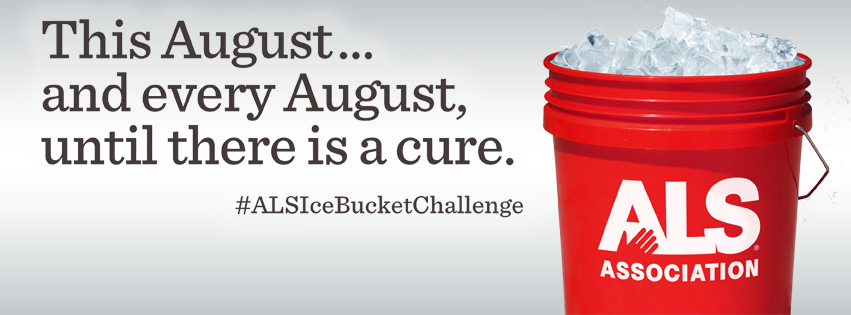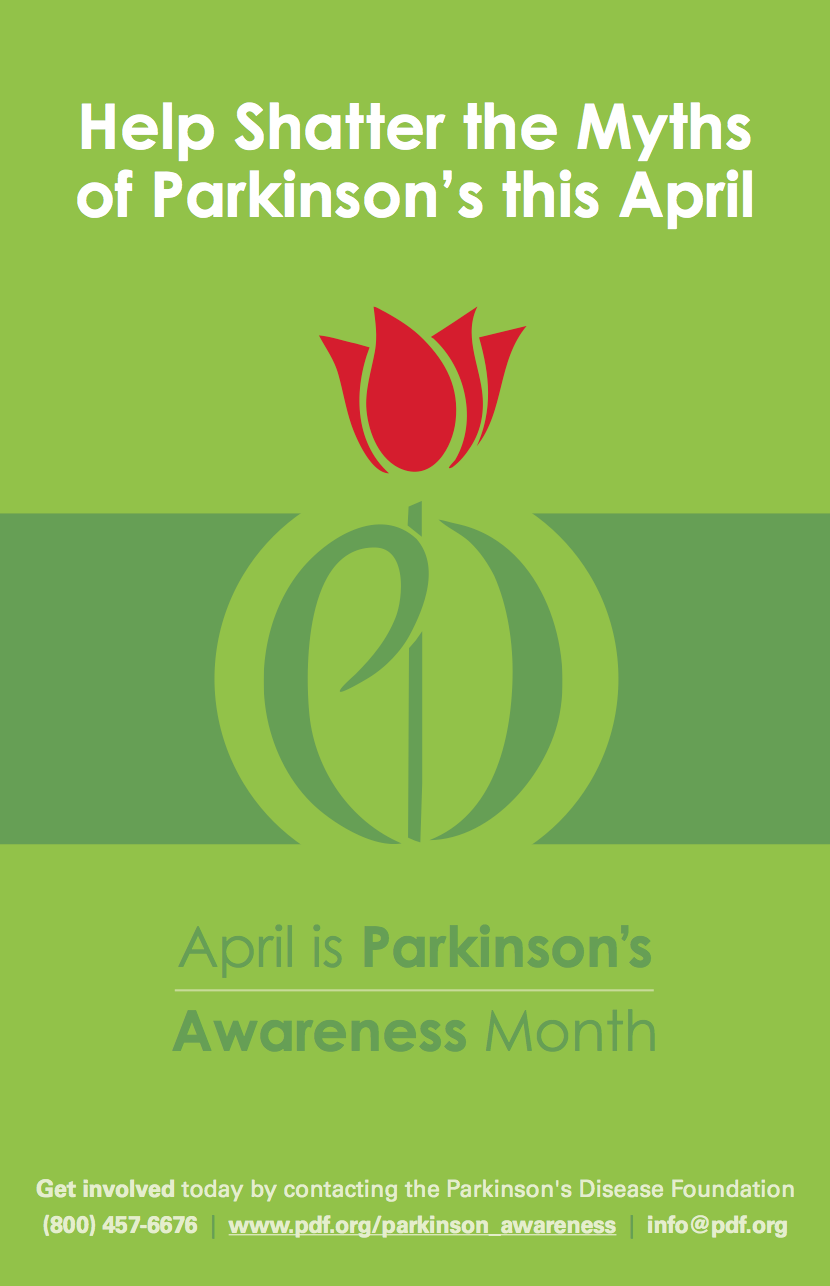
Perhaps you’ve seen it online, on your Facebook feed, or across popular morning shows in recent days – the ice bucket challenge! Individuals are taking to media, volunteering to have buckets of ice water poured over their heads to raise money and awareness for ALS, also known as Lou Gehrig’s Disease.
What is ALS?
ALS stands for Amyotrophic Lateral Sclerosis (ALS), but is more commonly referred to as “Lou Gehrig’s Disease.” The disease is characterized by the ALS Association as neurodegenerative disease that affects nerve cells in the brain and the spinal cord. Individuals living with ALS suffer from degenerative loss of motor skills, muscle loss, and can even lead to total paralysis.
Some early symptoms can include increasing muscle weakness, especially in the arms and legs, and loss of speech, difficulty swallowing or breathing. Learn more about the disease at www.alsa.org.
While there is currently no cure for ALS, the disease is 100% fatal. There is currently one medication and others in trial period that offer hope to those living with the disease and help slow down symptoms.
Who started the Ice Bucket Challenge?
The ice bucket challenge campaign was started by Pat Quinn, who became an ALS ambassador after being diagnosed with the disease himself. He got the idea from other similar “challenges” that people were doing and then posting online and recognized the power social media could have in spreading awareness and raising money for those living with the disease every day.
Since he kicked off the campaign, celebrities like Justin Timberlake, the cast of Good Morning America, Michael Strahan, Josh Ramsay, the Patriots and others have been challenging each other to “take the plunge” and spread the news.
How is the challenge impacting the Disability community?
Thanks to the ice bucket challenge, the ALS Association has reportedly received $4 million in donations between July 29 and August 12 and have welcomed more than 70,000 new donors! Contributions will go towards finding a cure for ALS while funding the highest quality of care for people living with the disease.
The ALS community is hoping the increased awareness and funds could lead to a new breakthrough in fighting for the cause. Even those who are not able to donate have helped raise awareness which could potentially help groups like the ALS Association expedite the extensive collaboration required between individuals, medical institutions, and testing labs which could help lead to a potential cure for the disease and help improve the quality of life for those living with it.


